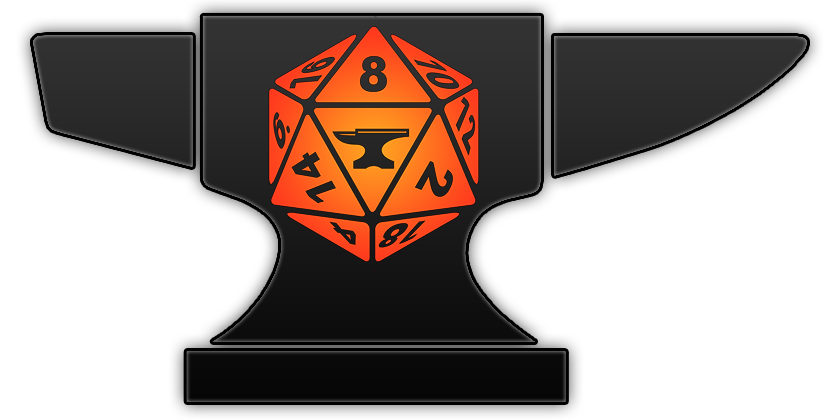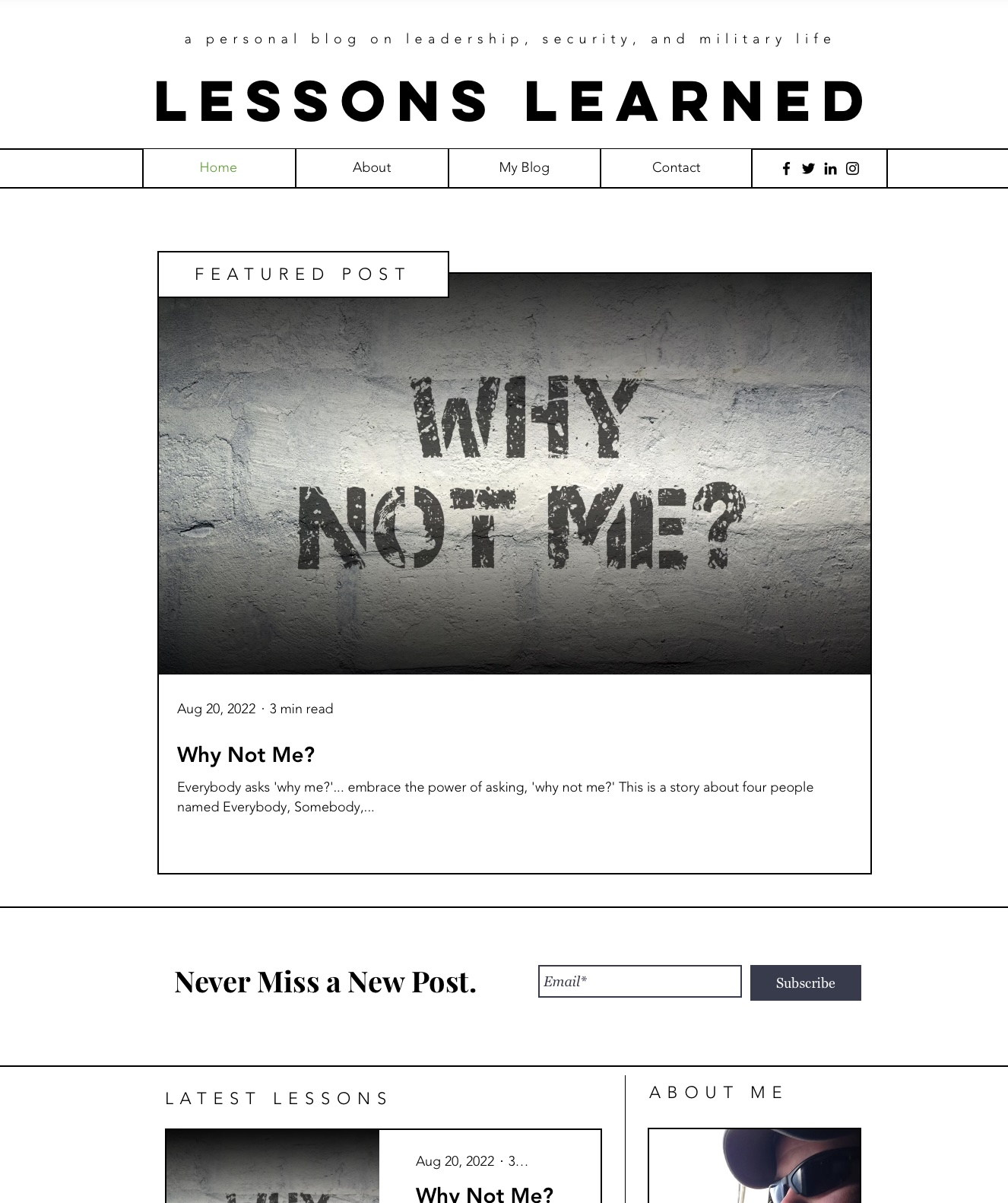Ignore it at your own peril; you have a bigger role than you think.
On 11 September 2001, 19 members of the terrorist network, Al-Qaeda, hijacked four airliners and killed nearly 3,000 people. As a result, the United States and its allies employed hundreds of thousands of personnel to fight a war on terrorism spanning the globe. On 4 October 2006, Julian Assange and a small team launched the non-profit document archive, WikiLeaks, creating a haven for countless leaked sensitive and classified documents from around the world. In 1993, a pair of commodities traders established Trafigura, a multinational energy and metals-trading corporation whose 4,316 employees generate over $170 billion in revenue each year and directly influences the prices of finished goods around the world.
What does each of these stories share? They are each situations where a relatively-small group of individuals acting on behalf of a non-state organization that has had a profoundly outsized impact on the lives of millions of citizens and their governments without respect to their borders. Often, we think of strategy as solely the domain of state governments representing the interests of millions of citizens, but the rapid advance of technology is making it easier for the individual to have an outsized impact on strategy and causing governments to pivot around them. A century ago, strategy was the domain of the politician, statesman, and armchair political scientist; today, it’s incumbent upon each of us to learn what it means, its tools, and how we can influence it. This is especially important to my brothers and sisters in the profession of arms.
What is Strategy?
Merriam-Webster defines strategy as “the science and art of employing the political, economic, psychological, and military forces of a nation of group of nations to afford the maximum support to adopted policies in peace of war.” An example of strategy is the policy of containment used by the U.S. during the Cold War, which focused on preventing the spread of Soviet political influence around the world while avoiding direct (and potentially nuclear) confrontation. Announced by President Truman in 1947, it carried on to one degree or another is the primary U.S. strategy until the Soviet Union dissolved in 1991.

Looking back, containment would seem successful, but it’s essential to understand that it wasn’t the only strategy on the table or employed. Officials also considered three alternatives: isolation, détente, and rollback. Isolation was generally disregarded; it was the primary U.S. strategy leading up to World War II and considered by many a key contributor to the Holocaust’s devastation. Détente – establishing a friendly relationship – was President Roosevelt’s intention during and after World War II, but was also disregarded as a weak move by a rising tide of political leaders and thinkers heady off their recent victory over the Axis powers and an unprecedented post-war economic boom. The final strategy was rollback, named because the intent was to employ force against the Soviet Union either directly or indirectly.
While President Truman’s official strategy was containment, he employed rollback in the 1950 invasion of South Korea to retake Seoul. As the fighting carried on and losses mounted with seemingly no end in sight, the administration returned to its containment policy and negotiated a settlement where communist forces retreated to their pre-war position. The Korean stalemate became the lynchpin of containment-supporting arguments, serving as a powerful object lesson in the limits of military force against a political ideology. When challenged by Sen Goldwater during the 1964 Presidential election, President Johnson famously explained containment doctrine by quoting Job 38:11: “Hitherto shalt come, but not further.”
Why Learn About Strategy?
Notice how different containment seems from the opening examples? Everything about containment was about states influencing other states. The average citizen could study, write, and argue about it, but had very little significant influence. As the century carried on, we saw a steady rise in the power of the non-state actor. Arguably, it began with terrorist movements (often armed and trained by U.S. and Soviets practicing containment) or multinational corporations, but it has since come to include any individual with outsized resources or media influence.

This is a direct result of the rise in access to technology that allows for global communication and rapid transportation. We have collapsed time, space, and cost for using these lanes. For pennies, an individual can publish information (or lines of code) across the internet nigh-instantaneously. The mobile device or computer you’re reading this on is likely composed of parts from at least three different countries, manufactured in another, then shipped to you all for a substantially lower cost than trying to do all of that within 100 miles of your home. A single individual having a bad day and a couple of 30-round magazines can launch a national dialogue on gun control. A single disgruntled former intelligence agency employee can expose a trove of national secrets and drive a global discussion on privacy and espionage.
Imagine trying to publish or record your ideas 100 years ago and spread them around the world. Imagine trying to manufacture a product across multiple countries and ship it around the world 100 years ago. Imagine a single individual sparking a city-wide (let alone nation or worldwide) discussion on any policy issue 100 years ago. Such endeavors would have required substantial resources and been entirely out of reach of individuals without state assistance to some degree or another.

Why should our junior Airmen (and Soldiers, Sailors, and Marines) learn about strategy? Because each of them is playing a more critical role than ever. With every post, tweet, video, and purchase, they are shaping policy and its result. Arguably, the sweeping democratization of information is why the U.S. COVID-19 response has been so haphazard; every individual citizen has an incredible amount of power to spread information (or disinformation) and influence their fellow citizens in a way that many governments are ill-equipped to handle.
For a long time, it has been assumed that junior military personnel should focus on the tactics of pure mission execution, with mid-tier leaders translating strategic thought into tactical orders. With a renewed emphasis on decentralized command and control via a mission command philosophy, it has become necessary for those tacticians to do that on their own to understand strategic intent without waiting for someone in the middle to translate it.
Policy to Action: Where to Start
The smartest place for an Airman (or any citizen interested in strategy) to start their strategic education is with the core documents, beginning with our National Security Strategy (NSS). Written by the office of the President of the United States, the NSS shapes all executive national security policy below it. The next tier to read is the National Defense Strategy (NDS), composed by the Secretary of Defense, which encompasses all military components and many intelligence agencies. After that is the National Military Strategy (NMS), published by the Chairman of the Joint Chiefs of Staff, which further narrows the services roles in supporting the goals of the NDS. As you step down through each tier, you should be able to point out what specific priority(s) each organization is aligned under, all the way down to your unit. I challenge you to understand how to bridge your unit’s actions to the policy of our senior leaders; this can help even the most junior personnel make critical decisions in the field.

For extra credit, look across at our partners in the Department of State and the U.S. Agency for International Development (USAID). While they also start with the NSS, their next document is the Joint Strategic Plan (JSP), published by the Secretary of State. Under that, you’ll find geographically-aligned Joint Regional Strategies (JRS) and country-specific Integrated Country Strategies (ICS). Why are these important to a service member? Because in most cases these days, our personnel are deployed in support of objectives set by the Department of State. In either case, building out a basic knowledge of each organization’s core strategic documents builds a foundation for understanding the broader objectives and will give you more authority to execute your duties faithfully.
Conclusion
Never has it been more trivial for an individual to have a profound strategic impact; thus, each of us must take some time to learn the basics of strategy. Whether it’s what we’re saying and doing on the internet, where or how we’re purchasing your goods, or how we act while overseas, we each have more influence than we fully appreciate. As a member of the U.S. Armed Forces should seek to understand how their organization nests within those layers of strategic policy, they should each ensure that their actions – both on and off duty – properly reflect those strategies, lest their individual actions cause unintended and unfortunate strategic consequences. As an individual citizen without a clear line to our nation’s policy, our personal responsibility as nascent strategic actors is no less grave.



